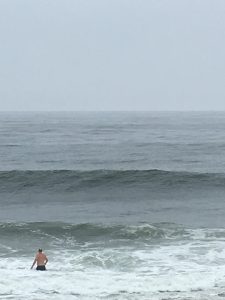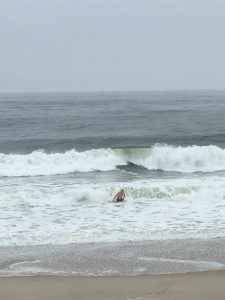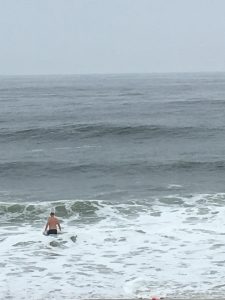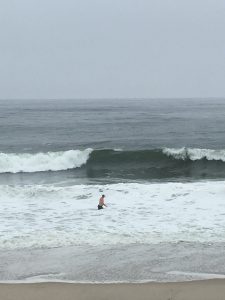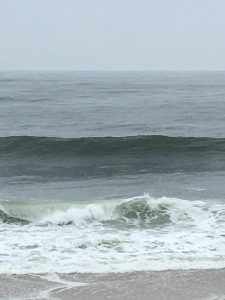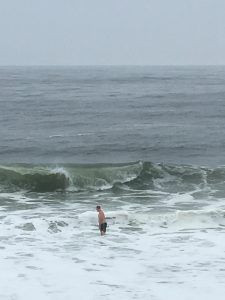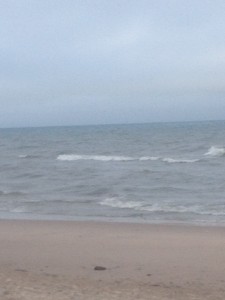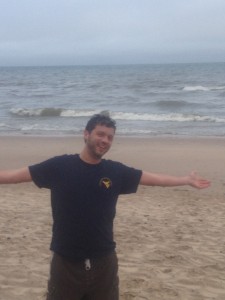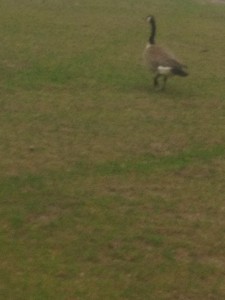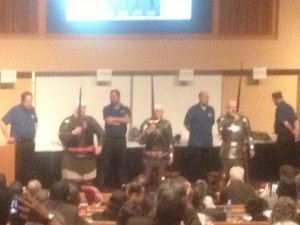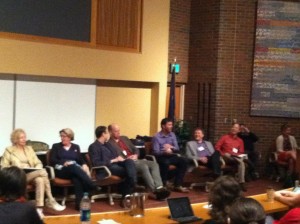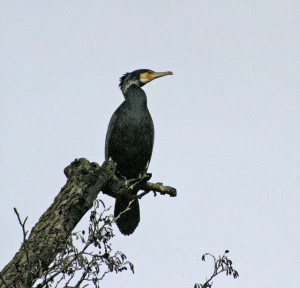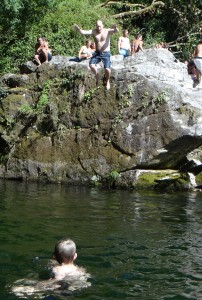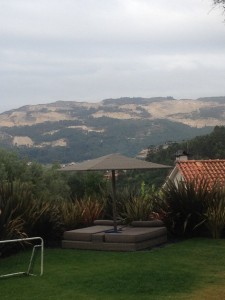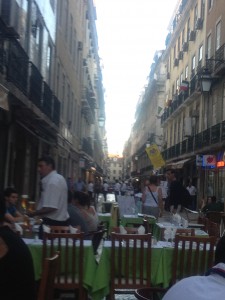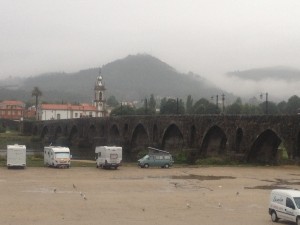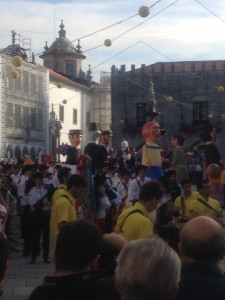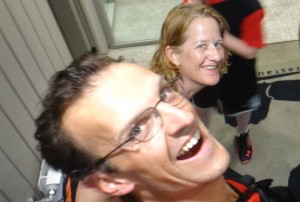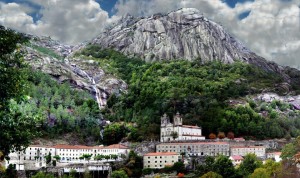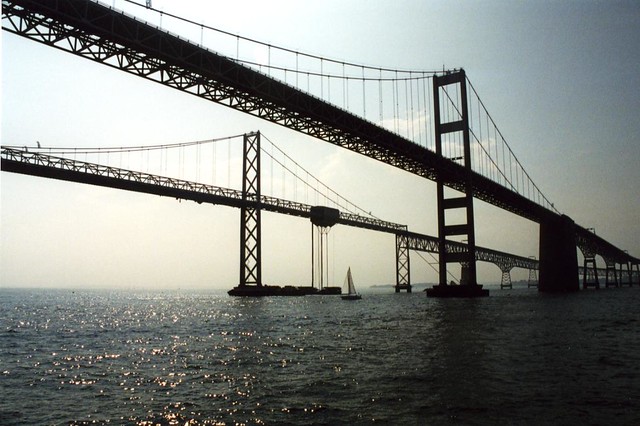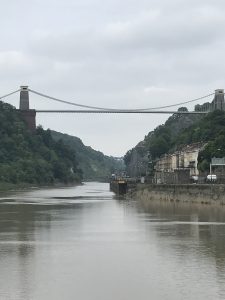
Brunel’s suspension bridge over the Avon
If you don’t fix things in words, they might float away. So, briefly, a skeletal accounting —
- 3 open-water swims
- 2 workshops in maritime writing
- 1 public lecture
- 1 trip up the canal locks to Saltford
- 2 days at #MT2018 (Marine Transgressions Conference)
- 2 keynotes
- ~ 12 panels
- 1 Blue Humanities roundtable
- 2 receptions
- [a poetry reading that I missed]
And many half-garbled memories, starting in the middle —
Toxicity, the Ocean, and Urban Space (Wed)
I was trying some new things for this public lecture, knowing that the audience would swirl together academics with non-academics, be mostly composed of city-dwellers, and further include mostly those with a particular interest in the sea. Unpicking the knots of writing and thinking I’ve been chasing down in the wake of Oceanic New York, my talk splashed through some recent watery adventures, included images of Thanos the purple God of demonic Malthusianism, strayed into verse in three of my own poems, and — maybe? — crossed wild water to make landfall with hopeful gestures toward Ocean citizenship. How can our Cities and our bodies prepare themselves for and live with rising waters? I’d like to speak that as a not-only tragic story.
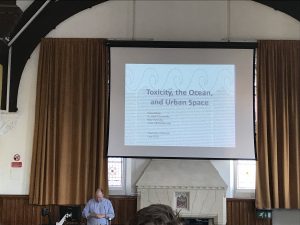
Public lecture at the University of Bristol
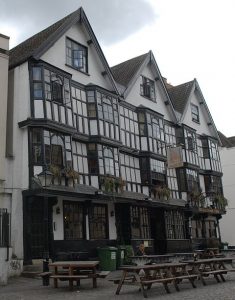
The Llandoger Trow, where Daniel Defoe met Alexander Selkirk
The Henleaze Swimming Club (Mon)
On Monday afternoon, jet-lagged and still-missing my baggage from the overnight flight in via Dublin, I bought a replacement suit & goggles from the hotel & Uber’d up to Henleaze, a former quarry that’s been a private swimming club since 1919. This gorgeous, narrow, fresh-watered lake now overflows with people, half with swimmers and half fisherfolk. What better anti-jet lag tonic can be?
Underwater Bristol (Tues)
Building on the perpetual inspiration of underwaternewyork.com, I hatched a plot with members of the U of Bristol English faculty to incubate some to-emerge-later responses to Bristol’s waterways. So many glorious things! A sailboat named Svendgar that I spotted a few days later for sale in the harbor. Brown mudflats. The kayaks that were paddled around the Bay by the Inuits kidnapped in Frobisher’s Second Voyage to Newfoundland in 1577. A football pitch next to a Cadbury Chocolate Factory that I’d seen earlier that morning while riding a canal boat up five locks to Saltford. Plastic. Breeding eels. What will they all become?
A secret monastic pool (Wed)
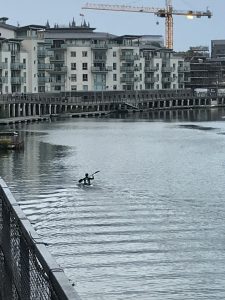
Bristol Harbor on the last night
Having been promised a bit of true English wild swimming on the condition that I not mention the name or location of the waters in which I would plunge, I suppose I was a bit surprised to come around the corner of the quiet country lane to discover maybe sixty students lining the pool’s far bank, sunning themselves in post-exam freedom. The secluded pool, built “in the Middle Ages” to store fish for the Abbey of St. Augustine (founded 1140), now hosts lily pads, a gorgeous 15-foot tall purple rhododendron, supposedly a few tench, and — alas! — some horseflies that enjoyed landing on my bald head. It’s an excellent place for an afternoon’s swim. Thanks to my hosts for taking me there!
Sea-themed creative writing workshop (Wed)
I was deeply impressed by the almost-dozen enthusiastic Bristol undergrads who submitted maritime poetry and prose works for an post-term bonus workshop. I was joined also by Shakespearean Laurence Publicover and poet David Punter, and we spent a thrilling two hours wrestling with the joys and frustrations of writing with and into oceanic spaces. The student writing was gorgeous and wonderfully ambitious, from a narrative built from fragments of a diary from the S.S. Great Britain to a brilliantly post-Agatha Christie cruise montage, a boat-launching story, several quite lovely lyrics about blue spaces, and a hashing of Pip’s dream of drowning from Moby-Dick that spoke to my Melvillean core.
Clevedon Marine Lake (Fri)
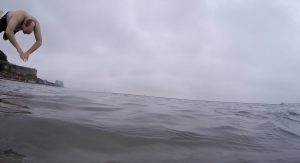
Diving into Clevedon Marine Lake
Located as far upstream as big boats could travel the tidal Avon, Bristol today is water-filled but brackish rather than salt. Much of my time there was semi-marine, from the walks along the harbor to the floating bar the Marine Transgressions Conference decamped to after our final keynote. But though the Avon is tidal for a long distance and boasts (I am reliably assured by tide-guru Owain Jones from the Environmental Humanities department at Bath Spa) the second-highest tides in the world, there’s not a lot of open salt water in the city. I wanted to swim in the Bristol Channel (still known in Wales as the Severn Sea), so the morning of the conference’s last day I met swimographer Vanessa at an early hour that precluded other swimming companions, and we Uber’d out to the Clevedon Marine Lake. I’ve seldom or never seen a more starkly ideal swimscape. The pool is built, framed in by concrete and stone, but at high tide the swell tops the wall and fills the pool with ocean water. The tide was near the ebb when we arrived that morning, and over 100 yards of brown mudflat extended below the “lake,” reflecting the gray sky up toward us. The water was perfect — cool but not cold, salty but not bitter, manageable even thought I’d forgotten my goggles in the hotel, and a generous 250m per lake-length. One of the few other swimmers who was also there on a grey misty morning was a man training for 70km in Lake Geneva. He churned in slow circles around the lake and planned to swim through dinner time. We had panels to rush back to in Bristol, but I was tempted just to keep swimming.
#MT2018 Marine Transgressions Conference (Th & Fri)
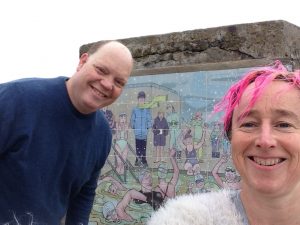
In front of Nancy Farmer tiles with Vanessa Daws at Clevedon
My visit to Bristol was fortuitously timed with an interdisciplinary conference on Marine Transgressions — a geologic term of art for moments in which the sea invades the land. Packed in to the last two days of my stay, the conference’s turbulent energy kept me going even when my own energy flagged. From Helen Rozwadowski’s amazing opening keynote on Jacques Cousteau and utopian fantasies of homo aquaticus in the 1950s and ’60s all the way through Tim Dee’s gorgeously lyrical evocation of the human and avian intertwinings of gulls and landfills, #MT2018 was an stirring mixture. I can’t do justice to all the great panels and papers that I heard over the two days, but I was struck by the variety of disciplinary perspectives — lots of poetics, history, and environmental humanities, but also marine law, policy, science, technological remediation, and other things. All these were joined together by a shared passion for the oceanic “blue” — though of course we all know, and we repeated as a kind of refrain over two days, that the ocean is also and meaningfully green, gray, purple, and many other colors — including gold, in the memorable image of the geochemist Kate Hendry describing the glimmer of microscopic diatoms on the salt flats of the Severn estuary at low tide.
Blue Humanities Round Table (Fri)
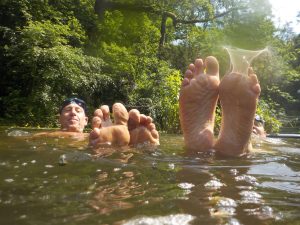
Foot selfie at secret swimming spot
The best parts of a small conference come from listening to new things, and also from catching an extension of someone’s work over a beer at the floating bar after the day’s sessions. But in addition to many great discoveries, I’ve seldom had more fun at an academic presentation than I did chairing a Blue Humanities Round Table near the end of the second day. The amazing panel of disparate thinkers and makers included Owain Jones, whose hydrocitizenship project connects Bristol’s to its people and its past; Vanessa Daws, swimographer and immersive artist; Kate Hendry, a biogeochemist whose fields work takes her to both the Arctic and Antarctic ice fields; and my friend from the CT Shoreline Helen Rozwadowski, historian of science and founder of the Maritime Studies Program at UConn Avery Point. I started us out with a general question — “What can you do because of your focus on the sea that you could not do otherwise?” — and our conversation waterfalled down through several memorable twists and turns into a fantastic question period. With thanks to Alexandra Campbell and her twitter-agility, here’s a partial reconstruction of the ship we built as we sailed along:
- The sea is not a metaphor (quoting Hester Blum) — except that sometimes it is, and sometimes its metaphors rub against and into the real salt water.
- The sea is history (not-quite-remembering to quote Derek Walcott) — and given a few generations of blue humanities historical scholarship it should hopefully become more richly historicized.
- The sea disorients and distorts, always and relentlessly, even as humans respond partially to that disorientation.
- Is water alien? Does it come from outer space or from inside the earth’s core? Why might it matter? (in dialogue with Lindy Elkins-Tanton)
- The sea’s lack of visibility redoubles its its moral challenge, informs the cultural history of its monstrous depths, and increases the force of its alien elements. (I rambled here about the “Creature from the Black Lagoon” poster art on the walls of Catch-22, the fish & chips place where I ate my first Bristol meal.)
- Does the weakness of human eyesight underwater attenuate our moral connection with sea creatures? (A Levinas-ian question, though we didn’t mention his name)
- Can science “illuminate” (Kate’s word) the sea in ways that increase its ethical claims on human subjects?
- What are the politics of the interdisciplinary ocean? How can the sea speak to social justice, especially remembering the twin horrors of the slave trade and transoceanic capitalism (which two things might actually be parts of the same thing)?
- Can the sea be a space of hope? (Last question, I think? We said yes. But I’m not sure that we’re sure.)

Selfie with mermaid and Vanessa Daws in Clevedon
“Under the sea everything is moral”
The hardest and most evocative phrase of the conference came when Helen quoted Cousteau or one of his fellow sea-utopians in her opening keynote. What might it mean for “everything” to be “moral” beneath the waves? “It’s all subtle and submarine,” says Walcott, thinking about Atlantic slavery and Caribbean beauty. Owain quite rightly objected that the underwater industriousness for which Cousteau was a booster has fouled our waters. The panel speculated together about the morality that emerges from the shared vulnerability of terrestrial human bodies in deep waters. I thought about, but did not share, a terrifying vision of drowning and struggle from Macbeth —
Doubtful it stood / As two spent swimmers that do cling together / And choke their art (1.2)
There’s another way, it occurs to me now as my big green metal bird arcs past the southern tip of Greenland, in which the undersea might be “moral.” It’s not that all undersea activities are permitted or approved, but that the questions we face — what we talk about when we talk about oceans — become starkly and painfully ethical. As mer-scholars, academic selkies, blue humanists, we swim into hard questions about disorientation, about buoyancy, about living-with alien lives. We face questions of social justice and tragic history, of oceanic dislocation and ongoing violence. Moral urgencies splash into marine lakes in the West Country and haunt overcrowded refugee boats in the Eastern Med.
The sea supports and threatens human life. What moral dilemmas fix us from the cold glaze of a fish’s eyes?
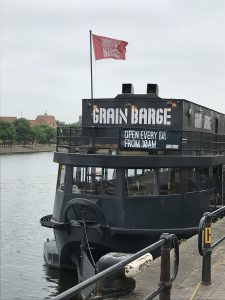
Floating bar
Thanks to all who were there this week, and in particular to my hosts at the University of Bristol, the Perspectives on the Sea cluster run by Laurence Publicover, the Brigstow and Cabot Institutes, and all the people who made Marine Transgressions possible! I’m looking forward to my next visit to Bristol already.
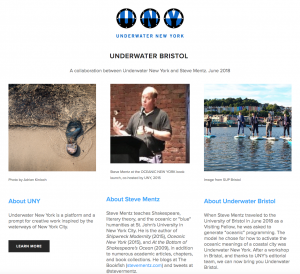


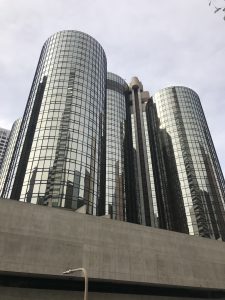
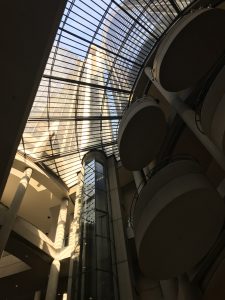
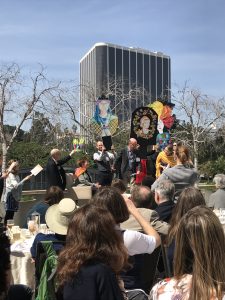
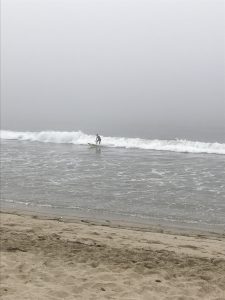
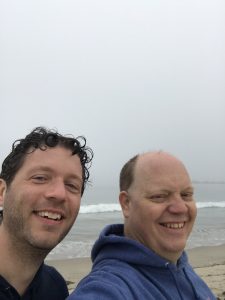
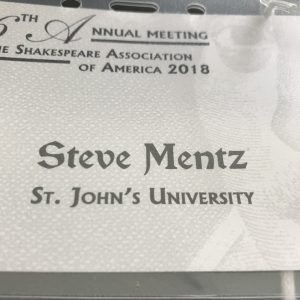 See everyone in DC!
See everyone in DC!